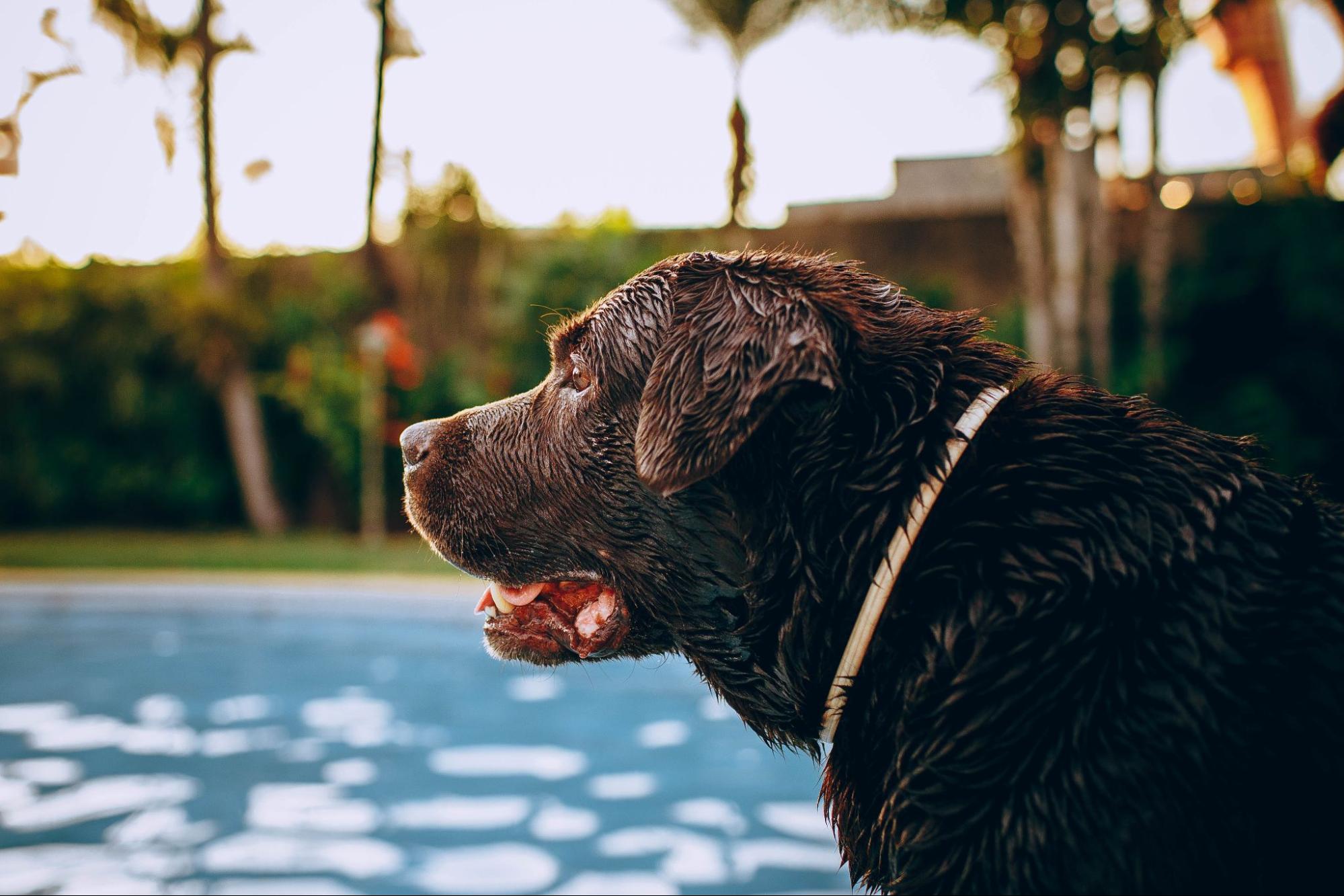How to Stop Fence Aggression in Dogs
Labrador aggression can be a challenging behavior to manage, especially when it manifests as fence aggression. If you’re dealing with this issue and wondering how to stop fence aggression in dogs, you’ve come to the right place. In this article, I’ll share some effective strategies for managing Labrador aggression and helping your furry friend become a happier and more well-behaved companion.
Fence aggression is commonly seen in Labradors due to their territorial nature and protective instincts. When they feel confined within the boundaries of a fence, they may exhibit aggressive behaviours towards passing animals or pedestrians. This can not only be stressful for you as an owner but also pose potential risks to your dog’s well-being.
One of the first steps in addressing fence aggression is understanding its root cause. Is your Labrador feeling threatened by perceived intruders? Or are they simply seeking attention or entertainment? By identifying the underlying triggers, you can tailor your management approach accordingly. From providing mental stimulation through interactive toys to positive reinforcement training techniques, there are various methods that can help redirect their focus and discourage aggressive behavior at the fence line.
Remember, managing Labrador aggression requires time, patience, and consistency. It’s important to work closely with a professional dog trainer or behaviorist who specialises in dealing with aggressive tendencies. With proper guidance and dedication, you can address fence aggression effectively and create a safer environment for both your Labrador and those around them.
In conclusion, if you’re struggling with fence aggression in your Labrador, taking proactive steps towards managing this behavior is crucial. By understanding the underlying causes and implementing appropriate training techniques under professional guidance, you can successfully curb their aggressive tendencies while ensuring a harmonious living environment for everyone involved.

Understanding Fence Aggression in Dogs
Fence aggression is a common issue that many dog owners face, especially with breeds like Labradors. It occurs when dogs exhibit aggressive behavior towards people or other animals on the other side of a fence. This can be both frustrating and concerning for pet owners, but understanding the underlying causes can help in effectively managing and resolving this behavior.
1. Territorial Instincts: One of the primary reasons for fence aggression in dogs is their natural territorial instincts. Dogs have an innate need to protect their territory and may become excessively defensive when they perceive a threat near their fence line. This behavior is often seen as barking, lunging, or growling at passersby or neighbouring animals.
2. Lack of Socialization: Another contributing factor to fence aggression is inadequate socialisation during early development stages. When dogs are not properly exposed to different environments, experiences, and other animals during their critical socialisation period, they may develop fear or anxiety towards unfamiliar beings outside their fence.
3. Reinforcement of Aggressive Behavior: In some cases, unintentional reinforcement of aggressive behaviour by well-meaning owners can exacerbate fence aggression issues. For instance, if a dog barks at someone passing by the fence and receives attention (even if it’s negative attention), they may learn that this behaviour gets them what they want – whether it’s attention from their owner or the perceived removal of the “threat.”
To effectively manage Labrador fence aggression and prevent it from escalating further, there are several strategies you can implement:
- Increased Exercise: Providing regular exercise and mental stimulation to your Labrador can help alleviate pent-up energy that might contribute to aggressive behaviours.
- Positive Reinforcement Training: Utilising positive reinforcement techniques such as rewards for calm behaviour near the fence can help redirect your Labrador’s focus away from potential triggers.
- Behaviour Modification: Working with a professional dog trainer or behaviourist can be beneficial in implementing desensitisation and counter conditioning techniques to help your Labrador overcome their fence aggression.
- Physical Barriers: Installing visual barriers like privacy screens or solid fences can prevent visual stimuli from triggering your dog’s aggressive response.
Remember, addressing fence aggression requires patience, consistency, and a proactive approach. By understanding the underlying causes and utilising appropriate management techniques, you can help your Labrador become more comfortable and relaxed in their outdoor space.